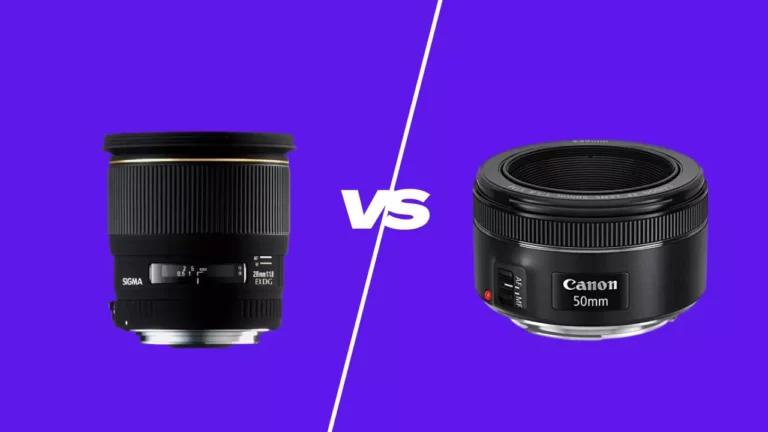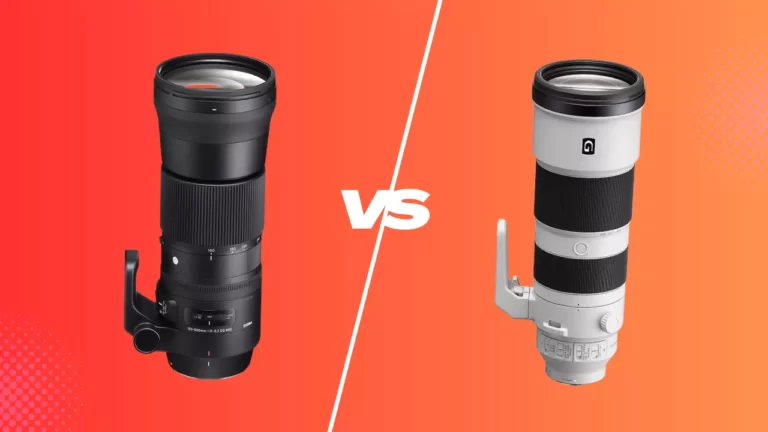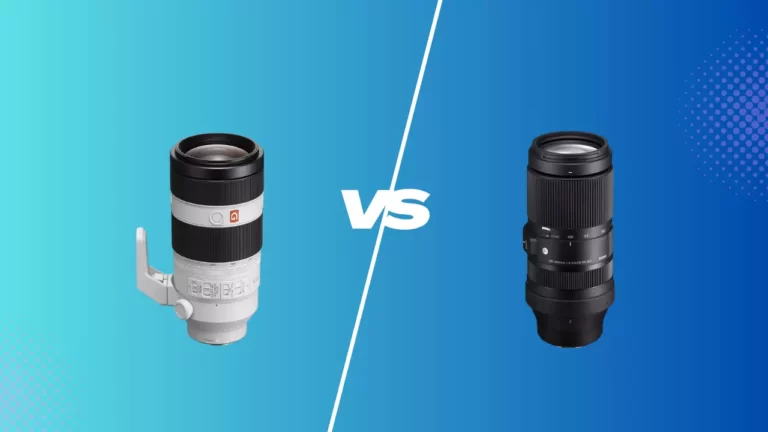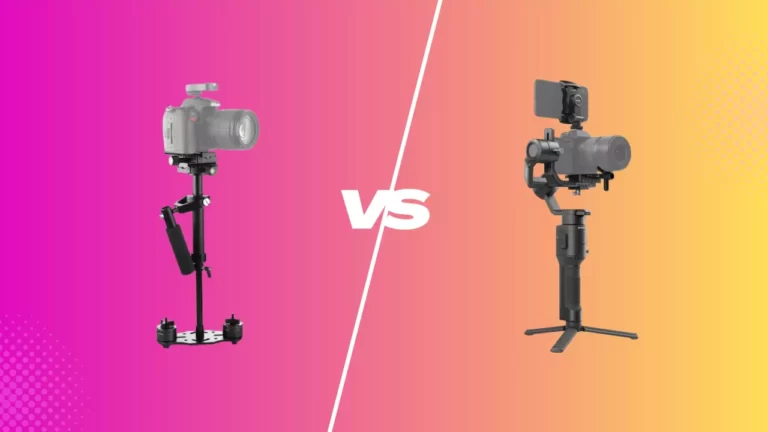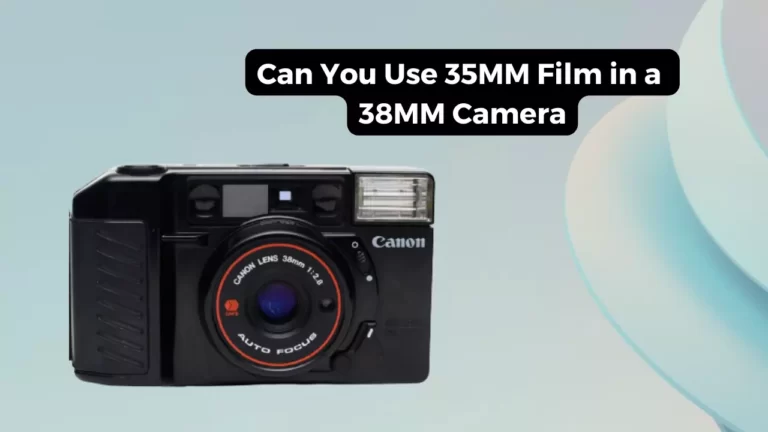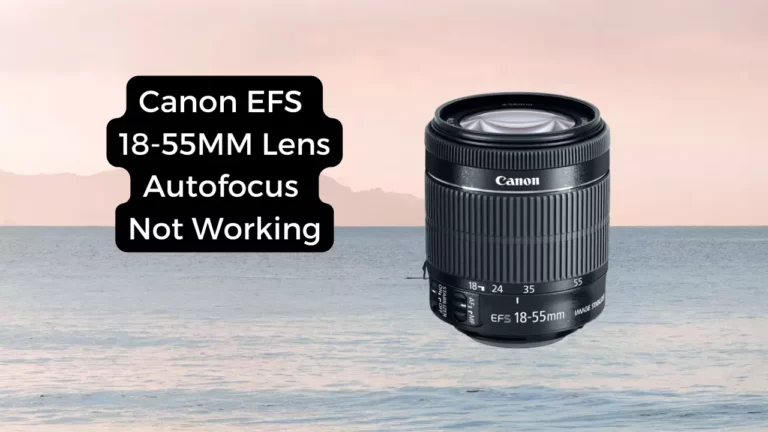Sony 100 400 vs 200 600: Which Telephoto Lens is Right?
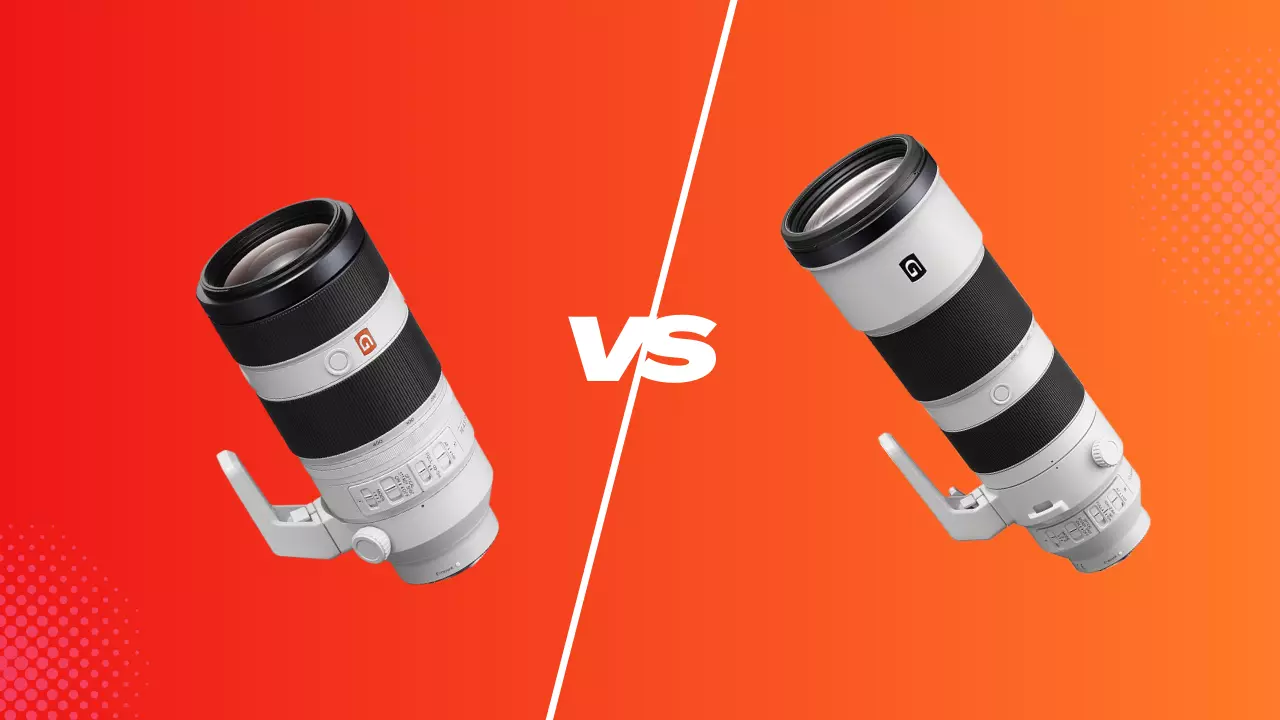
Understanding the importance of lens choice when it comes to photography will help you understand why many find it hard to select the right one for their needs. The situation is made even worse by the myriad of brands, specifications, and models of lenses available in the market.
Well, one of the top brands in the industry is Sony. It comes with a robust and very popular product line that is preferred by most professional photographers. Among its best-selling models are the Sony 100-400 FE GM and 200-600 FE GM. These lenses vary in the obvious aspect of the focal length. Besides that, they also differ in body design, weight, size, and control buttons.
This article aims to compare these two lenses against each other so you can be able to decide which one best suits your needs.
Sony 100 400 vs 200 600 Comparison Chart
| Features | Sony 100-400 | Sony 200-600 |
| Focal range | 100-400mm | 200-600mm |
| Size | 285mm | 318mm |
| Weight | 1596g | 2397g |
| Diameter | 93.9mm | 111.5mm |
| Aperture | 4.5 – 5.6 | 5.6 – 6.3 |
| Price | Check Price | Check Price |
Sony 100 400 vs 200 600: Which Telephoto Lens is Right for You?
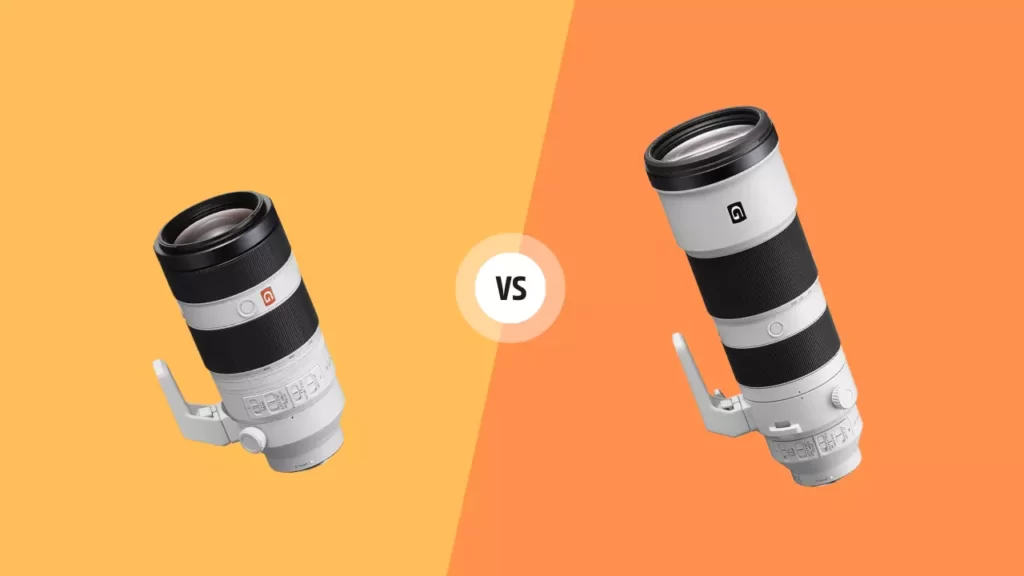
Sony lenses are very promising and perform to expectations. There are various models in the product line including the Sony 100-400 and 200-600. These two guarantee superb performance in terms of image quality. Below are some of the important aspects where the two differ from each other.
Body design
Both these lenses feature a well-made magnesium alloy body and come with rubber gaskets that help keep dust and moisture away. Besides their obvious aperture and focal length differences, one other notable dissimilarity is that the 100-400 lens extends anytime you zoom while the 200-600 comes with a fixed-length internal zoom design.
This means that the distance between your subject and the front element of your lens does not change as you zoom.
Size and weight
When it comes to factors worth consideration in camera lenses, size, and weight are at the top of the list. The 100-400 lens is the more lightweight of the two and weighs at 1596g—inclusive of the tripod foot and hood attached.
In length, before you extend the zoom, this lens stands at 205mm and 285mm when extended to 400mm zoom. Moreover, it has a maximum diameter of 93.9mm.
Meanwhile, the 200-600mm lens has a weight of 2397g complete with the hood and tripod foot attached. This makes it 801g heavier than the 100-400 lens. Its length comes at 318mm and has a maximum diameter of 111.5mm.
If you add the 1.4x teleconverter to your 100-400 lens, the focal length will be increased to 560mm as well as an additional 169g in weight. At this point, the 200-600 will be 632g heavier and only increase 16mm in length.
Control buttons
The Sony FE 100-400 and FE 200-600 lenses both come with three customizable buttons surrounding the barrel towards the end of the lens. While these control buttons may look similar, they are not identical.
For instance, the 200-600 lens comes with 3 focus limiter settings. They allow you to choose from full, 10m-2.4m, or infinity to 10m. The 100-400 lens, on the other hand, comes with only 2 focus limiter settings. You can choose between the full or infinity to 3m.
Another key difference is that the 200-600 lens comes with an additional Optical SteadyShot mode OSS setting that goes a long way in providing stability for tracking and shooting in dynamic and unpredictable sports action.
Tripod collar and foot
Both lenses are accessorized with a tripod collar and foot. The 100-400 lens comes with two ¼ “-20 screw threads on the foot while its counterpart features one ¼”-20 thread and one 3/8”-20 thread.
The chunky release knob on each of the lenses comes in handy when you want to rotate the lens within their collars. This collar cannot be removed but the feet are removable exposing ¼”-20 thread on each.
Focal length, zoom, and focus rings.
The Sony FE 100-400 features a variable aperture of f/4.5- 5.6. It jumps to f/5.6 at 164mm with the maximum focal length at 400mm. The 200-600 also has a variable aperture as well, but it starts at f/5.6 to 6.3. The lens jumps to f/6.3 at 300mm with a maximum focal length of 600mm.
When it comes to the zoom feature, the 100-400 comes with a zoom smoothness adjuster that provides mechanical control of the zoom ring torque. Still, even when set to tight you can be able to get a little zoom creep if you hold the lens pointing towards the ground. The 200-600, on the other hand, does not require such control since it is an external zoom and does not extend.
The zoom ring on the 100-400 lens is located closest to the camera body with a throw of around 3.5 inches. For the 200-600 lens, the zoom ring is located farthest away from the camera body with a short throw of 2.5 inches.
In other words, both the zoom and focus rings are reversed on each lens. Moreover, the zoom ring on the 200-600 is much smoother and hence easier to control compared to its counterpart which demonstrates more resistance even on the smooth setting.
The focus ring on the 100-400 has little resistance and when manually focusing, the focus can easily be thrown out by even removing your fingers from the ring. Thankfully for the 200-600, as much as it may feature more resistance, it is still easy to adjust.
FAQs
Do the Sony 100-400 and 200-600 lenses come with lens hoods?
Yes, both lenses come with lens hoods. The 100-400 features an ALC-SH151 bayonet-style lens hood with a small hatch that allows you to rotate the circular polarizer without detaching the hood. The 200-600 also comes with an ALC-SH157 bayonet-style hood. These hoods only differ in that the 200-600 hood does not have a small hatch or release button.
Do the Sony 200-600 and 100-400 lenses come with filter threads?
The Sony 100-400 comes with a 77mm filter thread while its counterpart features a larger 95mm filter thread.
Conclusion
Sony is a reputable brand in the camera industry. It manufactures various high-quality photography items and accessories from cameras to lenses. The Sony 100-400 and 200-600 lenses are good examples.
This article comes in handy to help you understand the differences between the two so you can decide which one suits your needs.
You Can Also Read:
- Sony 100-400 vs Sigma 100-400
- Sony 100 400 vs 200 600
- Sony 70-200 vs 70-300
- Can You Use 120 Film in a 35MM Camera
- Canon R5 Mark ii (Release Date, Price & Specs) - December 20, 2023
- Sony 100 400 vs 200 600: Which Telephoto Lens is Right? - December 15, 2023
- Sony A1 II Camera (Release Date, Price & Specs) - November 30, 2023

